The Sanctuary of Zeus Thenatas at Amnisos, situated on the north-central coast of Crete near modern-day Heraklion, is an archaeological site of significant historical and cultural importance. The sanctuary is dedicated to Zeus Thenatas, a deity deeply rooted in Cretan mythology and religious practices. Archaeological investigations have revealed a rich history of the site, spanning from the Bronze Age to the Early Iron Age and beyond.
Historical Context
The sanctuary’s location at Amnisos, a coastal site mentioned in ancient texts like Homer’s Odyssey, suggests its role as a significant center for maritime activities and trade during the Bronze Age. Linear B tablets from Knossos further confirm Amnisos’ importance as part of the Minoan palatial economic system. The sanctuary’s dedication to Zeus Thenatas, a deity associated with both Minoan and Mycenaean traditions, highlights the site’s role in the religious landscape of Bronze Age Crete.
Archaeological Investigations
Archaeological excavations at Amnisos have unearthed a wealth of artifacts and structures that shed light on the sanctuary’s evolution and significance. The most prominent feature is a substantial ashlar wall, over 44 meters long, dating back to the Bronze Age. This wall, along with two smaller podia, served as a backdrop for Early Iron Age cult activities. A thick layer of ash and burnt animal bones, accumulated over time, suggests the practice of animal sacrifice and ritual feasting at the site.
Votive Offerings
The sanctuary’s votive offerings provide valuable insights into the religious practices and beliefs of the time. Bronze artifacts, including tripods, figurines, and miniature weapons, were among the most common dedications. These offerings, often associated with male aristocratic worshippers, highlight the sanctuary’s role in the social and political dynamics of the Early Iron Age. The presence of terracotta figurines, including depictions of bulls and horses, further emphasizes the sanctuary’s connection to agricultural and pastoral concerns.
Continuity and Change
The sanctuary at Amnisos exemplifies the complex interplay of continuity and change in Cretan religious practices during the transition from the Bronze Age to the Early Iron Age. While the site’s dedication to Zeus Thenatas suggests a continuation of Minoan religious traditions, the adoption of new votive practices and the incorporation of foreign influences, such as the presence of faience objects from East Greece or the Near East, highlight the evolving nature of religious expression in the region. The sanctuary’s location at the site of a former Bronze Age settlement further underscores the significance of ancestral traditions in shaping the religious landscape of Early Iron Age Crete.
The sanctuary of Zeus Thenatas at Amnisos was operational from the Protogeometric period (c. 900 BC) until the end of the Early Iron Age (c. 600 BC). There are indications that the sanctuary may have been established as early as the 10th century BC, but the evidence is not definitive.
The sanctuary saw two main phases of use, marked by the construction of two temples:
- Temple A: Late Subminoan period (c. 1020-970 BC) to around 800 BC.
- Temple B: Around 800 BC to c. 600 BC.
Archaeological Site: Key Points
- Construction Period: Bronze Age to Early Iron Age (specific dates vary depending on the phase).
- Location: Amnisos, north-central coast of Crete, near modern-day Heraklion.
- Dimensions: The most prominent feature is a 44-meter-long ashlar wall.
- Historical Significance: Served as a significant center for maritime activities, trade, and religious practices from the Bronze Age to the Early Iron Age.
- Current Status: Archaeological site under ongoing investigation.
Refeneces
- Mieke Prent, Cretan Sanctuaries and Cults, Continuity and Change from Late Minoan IIIC to the Archaic Period, from Religions in the Graeco-Roman World, 2005
- Nota Dimopoulou Rethemiotaki, The Archaeological Museum of Heraklion (in Greek)













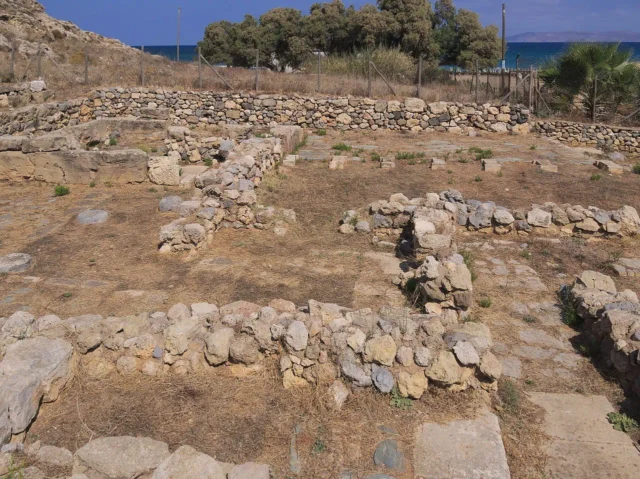

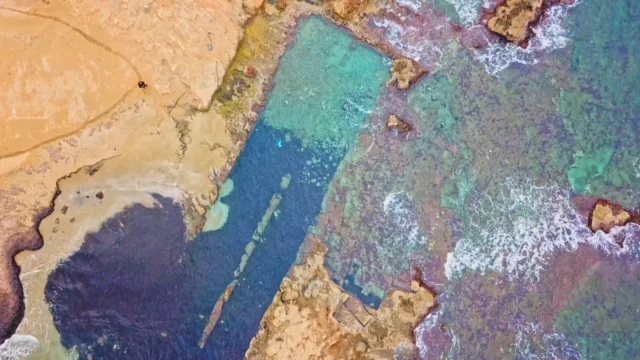


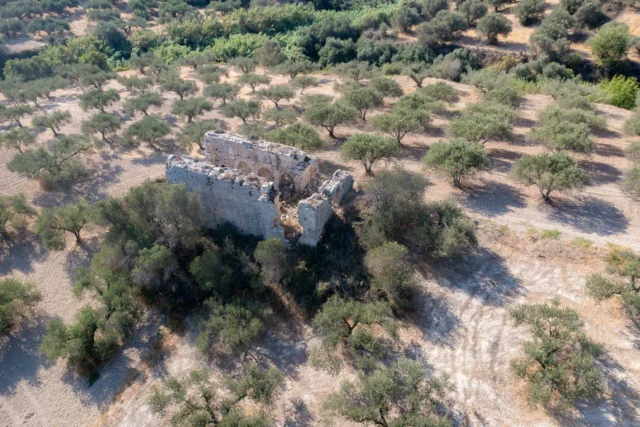
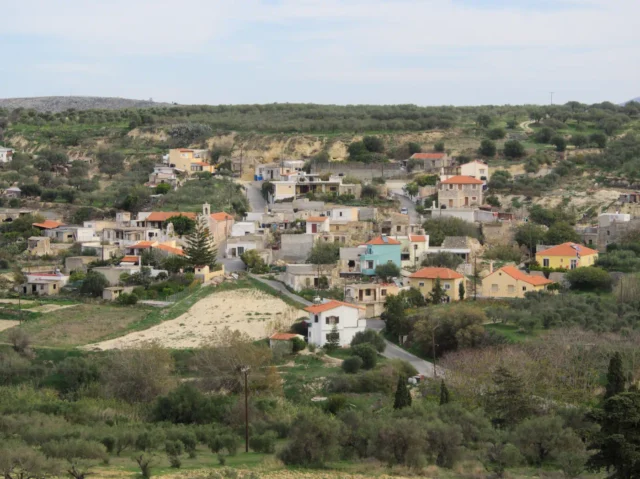
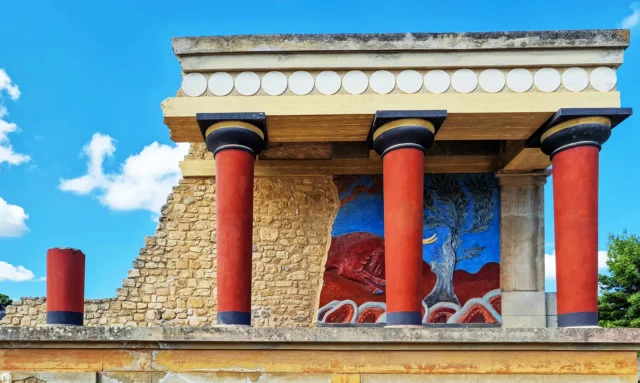

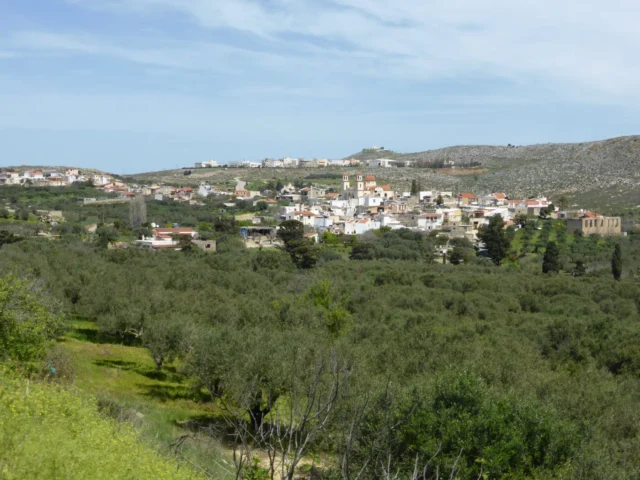
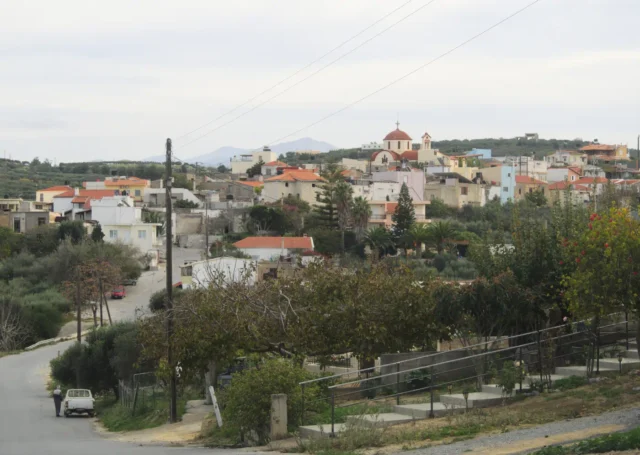
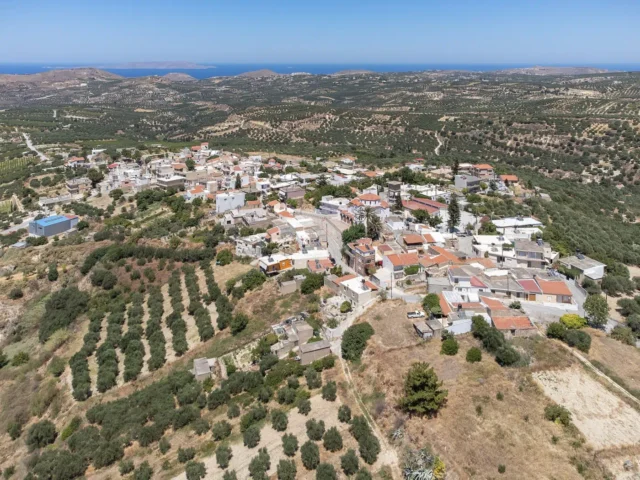
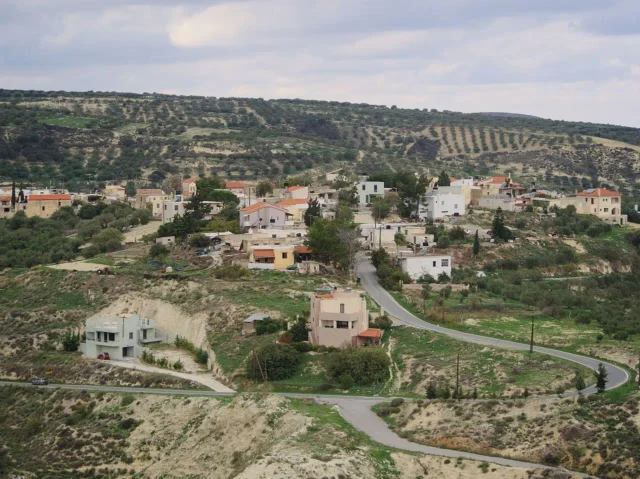
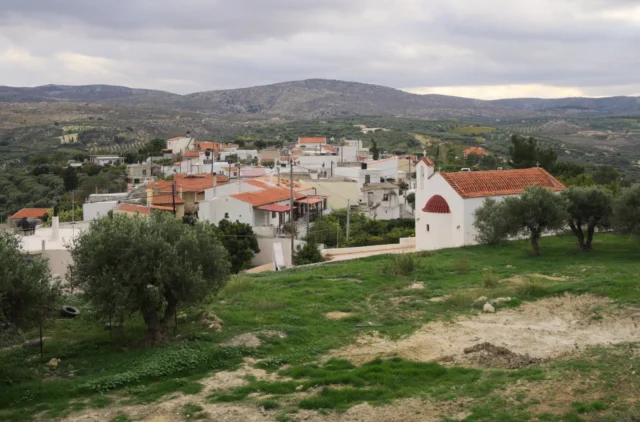
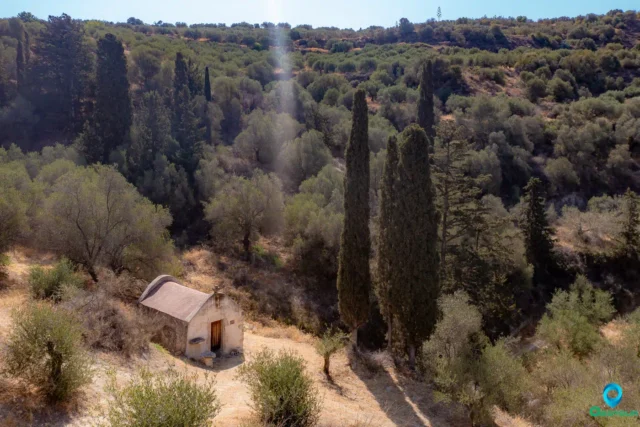
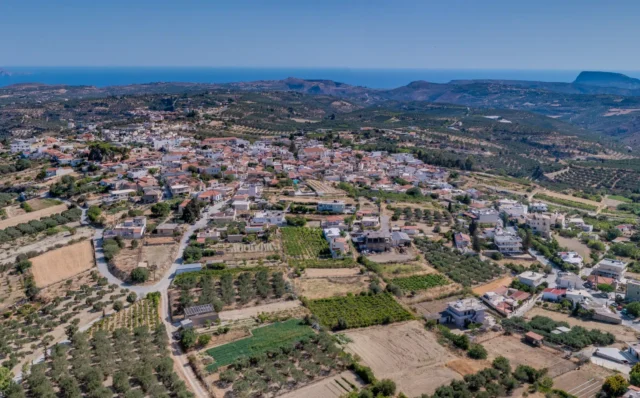

There are no comments yet.